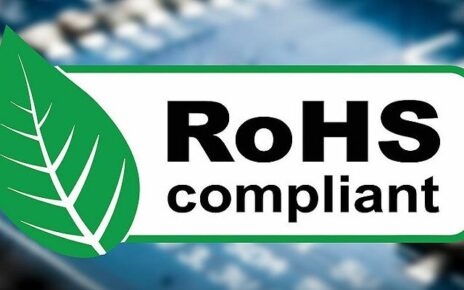What is RoHS?
The rapid growth in technology has impacted to a rise in manufacturing and usage of different kind of electrical and electronic products. This in turn has increased the rate at which electrical and electronic waste is being produced. During the process of using, treatment, and disposal of these wastes, they may releases hazardous substances like lead and mercury which are a major threat to the human health and the environment.
RoHS is an acronym that stands for Restriction of Hazardous Substances which in Europe restricts and ensures reduction in the usage of certain hazardous substances. The initiative main objective is to ensure electricals and electronics do not pose a tremendous harm to environment and the human health, this is made possible by ensuring that every device life cycle and its electronic manufacturing is safe. The whole process is accomplished through imposing Enviropass RoHS compliance regulations.
RoHS goals and objectives
The 3 main objectives of RoHS include:
- Restricting the use of hazardous substances contained in electrical and electronic equipment’s.
- It ensures that both human health and the environment that surrounds human is safe from the electronic wastes.
- It makes it easier for the waste of electrical and electronic equipment (WEEE) to be recycled.
The RoHS hazardous substances.
Most of the RoHS hazardous substances are considered to be emitted by electronic and electrical equipment’s. These substances include heavy metals like lead, cadmium, and mercury. Some additive like PBDEs, PBBs and Phthalates are also considered RoHS hazardous depending on the RoHS regulations.
RoHS main target is the electronic and the electricals equipment’s (EEE). Although the product categories covered differ from country to country, Europe RoHS has a wider scope which covers equipment’s like medical devices, industrial equipment’s, and most households.
How to comply with RoHS.
To comply with the RoHS, companies and authorities should confirm that none of the mentioned hazardous substance exceeds its threshold of 0.1% or 0.01% cadmium for material level of every component in each product. The compliance process uses two main approaches which include:
- Analytical testing
- Documentary approach
With the latter being recommended for more complex products. Failure to comply with the RoHS compliance regulation can lead to heavy penalties which may include total shut down from supplying products to Europe. The RoHS advices that companies look for substitutes to the most hazardous substance to ensure the reduction of the harm caused by the wastes.





